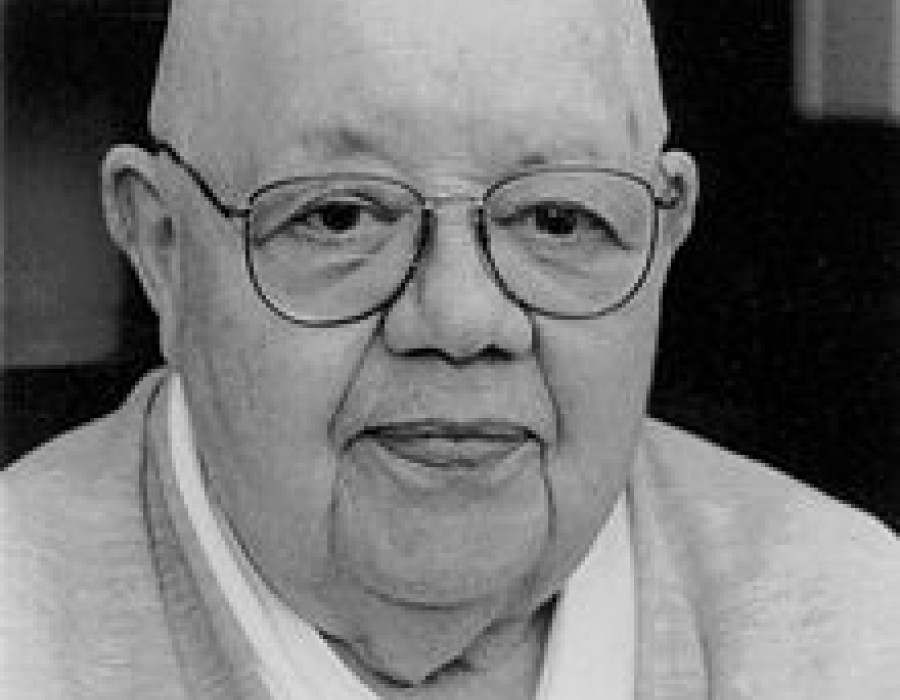
Martin Goodson
"Something Will Have to Give Way"
Stories from the life of Zen Master Daiyu Myokyo
Myokyo-ni always said that a spiritual training that did not involve the emotional household would effect no lasting transformation. We continue our series of life-stories that illustrate this point

Japanese-style futon laid out for sleeping in an inn
By Christian Kadluba, CC BY-SA 2.0, wikipedia.commons
The practice of Zen involves working with our emotional reactions. These are known in the training as “the fires” and there are useful methods we can employ to get to grips with this precious energy. Ven. Myokyo-ni often said that it was a good idea to keep one or two tasks at hand that one did not particularly like for those times when the fires flared. If one was seized by a mood or some restless energy flared up that threatened to turn into thought streams and fantasies then one could take up one of these tasks and pour the heart’s energy into it instead. In Ven. Myokyo-ni’s case she kept a pile of darning to be completed. She said that by the time she was finished the energy was not only used up but would result in a very well-done job - as one would expect. The fires have a touch of divinity about them!
Before Zen became popular in the West, Christmas Humphreys invited Professor Ogata-san to England to give a talk to the Buddhist Society. The Society’s Zen group turned out in force. For many it was the first time they had heard a talk by someone who had gone through training in a traditional monastery. Ven. Myokyo-ni like all the others was filled with eager anticipation. The question on everyone’s mind was: ‘Can a Westerner train in Zen?’ “As I see it”, said Ogata-san in his broken English, “there is no reason why a Westerner cannot train in Zen. The only obstacle is your continual pranning, pranning, pranning.” So now they knew the answer to the question. The only problem to be overcome was ‘pranning’! But what was this ‘pranning’? In his summing up Christmas Humphreys, whose ear was more accustomed to Ogata-san’s accent, said: “And so our venerable speaker pointed out that the only real obstacle to Zen training is our continual planning, planning, planning.” The audience was perplexed. “We didn’t think that we spent our time planning. What was this all about?” said Ven. Myokyo-ni. However, years later when she was training in Japan the memory of that day floated up and she realised just how accurate a diagnosis of our condition Ogata-san had given.
In 1960 Ven. Myokyo-ni went to Japan to start her Zen training in earnest. Initially she attended the little training temple for foreigners set up by the First Zen Institute of America in Japan and run by Sokei-an’s widow Ruth Sasaki. Here the hopefuls were introduced to life in a Japanese training place and had to acclimatise to the way things were done. The Japanese custom was to sleep on a futon on the floor. Many Europeans and Americans had difficulty doing this and complained of back problems to which Mrs. Sasaki would reply, “Sooner or later something will have to give and it won’t be the floor!”










